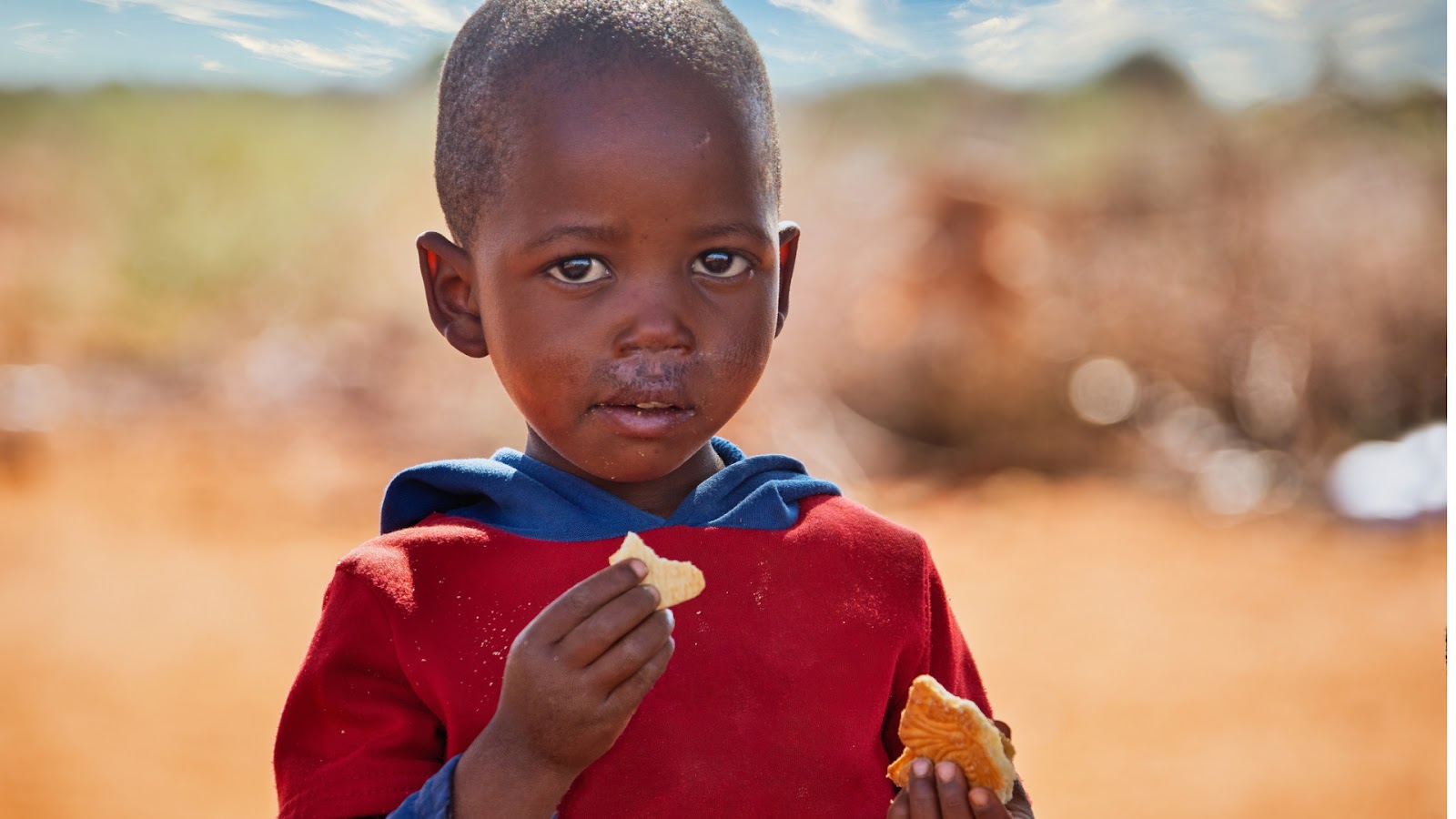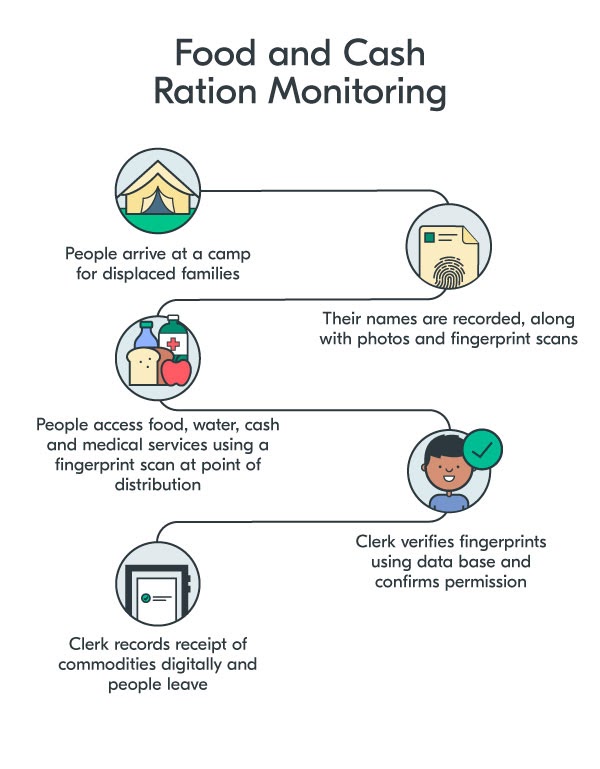
As we go about our social purpose work we regularly get to speak to local, national and international non-profit organisations. Over the years, we’ve found that many struggle to understand the many ways digital identity solutions might help them in their work.
As part of our wider efforts to help the sector make sense of the technology, today we’re publishing the first of six articles looking at the use of digital identities in six different humanitarian and environmental settings.
Please note that, while the technology use case is real, the scenarios are hypothetical in nature, and the projects do not exist as stated.
Location
Northern Mozambique
Scenario
Food and cash ration monitoring
Background
Mozambique is situated on the eastern coast of southern Africa and is often in the news for all the wrong reasons. It is a poor country (ranked 192 out of 195 on the International Monetary Fund’s 2021 list of per capita Gross Domestic Product) that is also regularly beset by devastating cyclones, storms and floods.
Food insecurity has been a serious problem in this country since its independence in 1975. Currently 24% of the population suffers chronic food shortage and a further 25% is considered to be malnourished.
Recent conflict in Mozambique’s northern province of Cabo Delgado has added to the woes of the already impoverished and hungry population in the area. Although the conflict, involving a militant Islamist group, began more than three years ago, the Mozambican defence forces have had little success in rooting out the insurgents.
More than 570 violent attacks were reported between January and December 2020, with civilians being the main targets. As a result, many people have fled the area. By March 2021, an estimated 697,000 people had been displaced from their homes in the northern provinces of Mozambique.
Challenge
Although some of the fleeing families have sought refuge with relatives in other villages, many have been settled in camps for internally displaced people. These camps have doubled in size in recent months, with as many as 120,000 people being accommodated at a single location. Naturally, it is a challenge to keep track of people in circumstances such as these, and to ensure they receive the basic requirements for survival.
Food aid organisations, including the UN’s World Food Programme and World Vision International, have long been involved in food distribution programmes in Mozambique and have the necessary personnel and infrastructure.
However, organisations on the ground need a way to monitor which beneficiaries receive food rations, water and medications on a daily basis. This is crucial to keep track of the commodities – to ensure that needy people are not left out and the distribution is entirely fair.
The fact that aid agencies, such as World Vision International, also provide cash or vouchers directly to individuals to aid recovery in emergency situations, makes it even more imperative to identify the recipients of such donations accurately.
Solution
Displaced people would be registered on arrival at a camp. Their names and photographs would be used as identifiers, along with fingerprints, and this data could be entered into an offline database.
It is probably inappropriate to expect displaced people to carry around an ID card, since they have no possessions and therefore nowhere to keep the card safely. In this case, fingerprint scans or hand geometry recognition might be the most suitable biometric identifiers.
Each time a camp inhabitant receives a food parcel, water or medication, identity could be authenticated using this technology, some of which requires no costly hardware or software.

In addition, camp databases could be made available to other camps, or to aid agencies operating in the country. This would enable people in need to be identified and authenticated if they decided to move from one camp to another or were displaced again in the future.
Read our other scenarios on how digital identity might:
